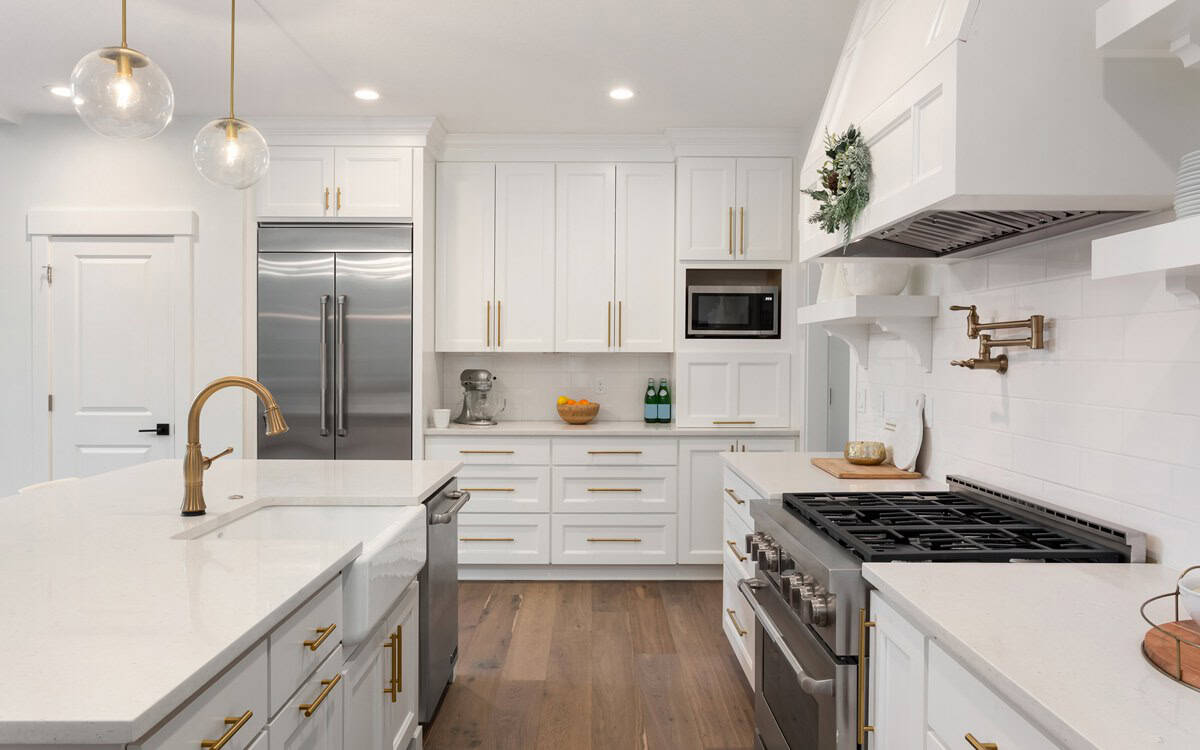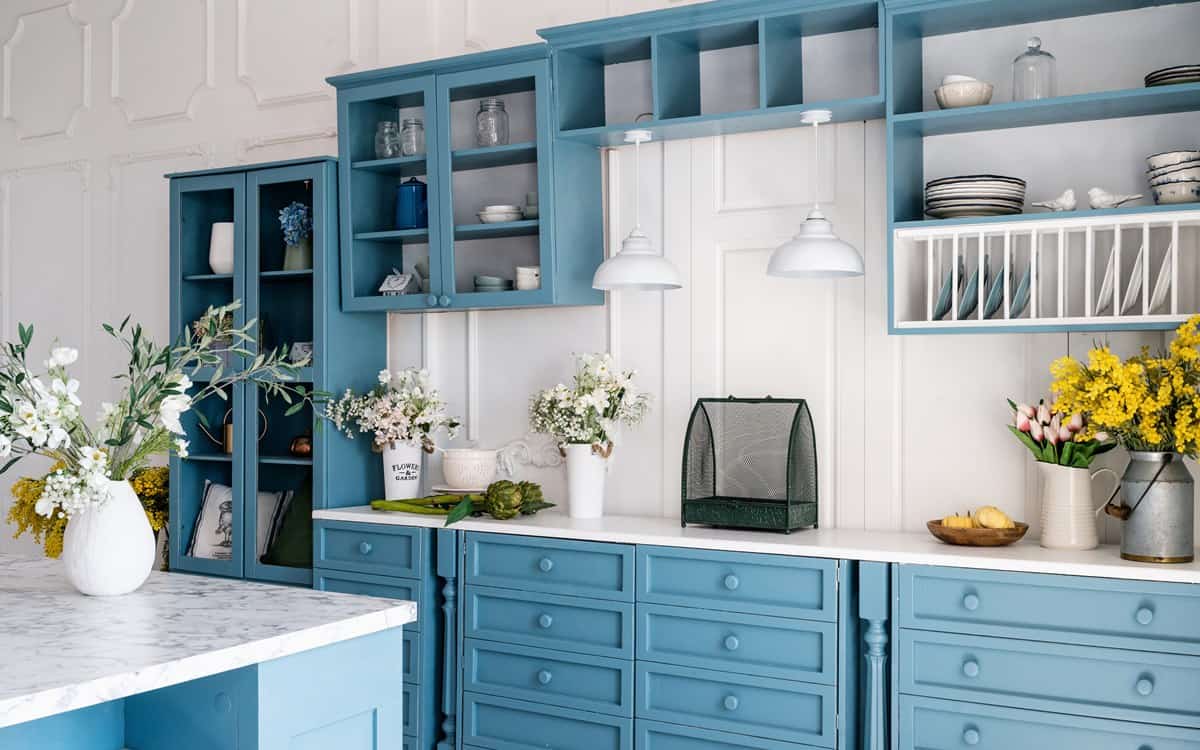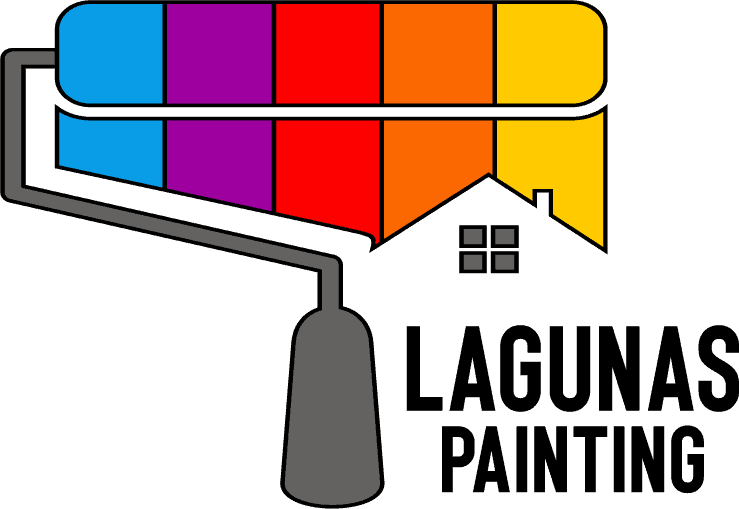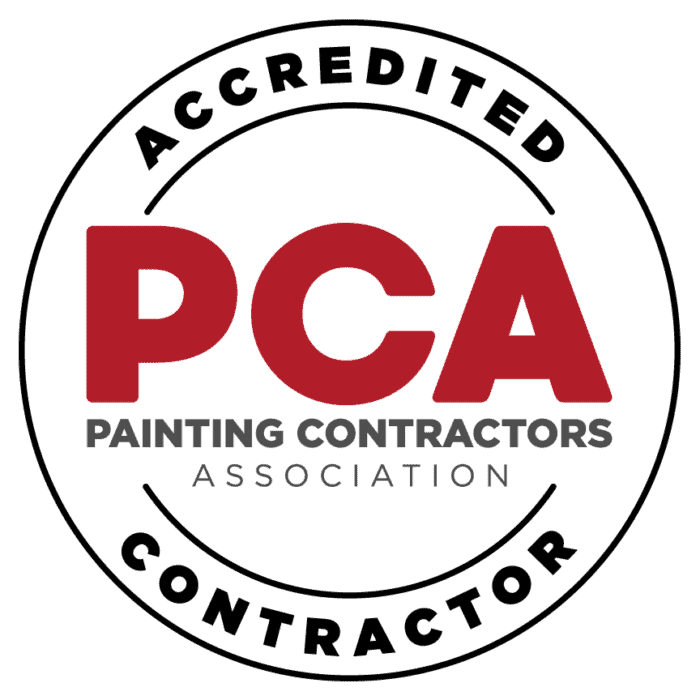Thinking about starting a cabinet painting project? If you're refreshing your kitchen or bathroom, one big design question often comes up right away: should cabinets match wall color? It might sound simple, but the answer can dramatically impact the overall look and feel of your space. Let's break down the pros, cons, and expert advice so you can make the right call for your home.
Key Takeaways:
- Matching cabinets and walls can create a clean, cohesive look.
- Contrasting colors add depth, drama, and personality.
- Light vs. dark tones can change how big or small a space feels.
- The right choice depends on lighting, room size, and your style goals.
- Always test paint colors before committing to a full project.

Why This Question Matters More Than You Think
Cabinets take up a huge amount of visual real estate. When you're planning a cabinet painting project, it's not just about choosing colors you like—it's about choosing colors that work together in your space. If your cabinets and walls blend too much, the room can feel flat. If they clash, it can feel chaotic. Finding that sweet spot is key.
The Case for Matching Cabinets and Walls
Going monochromatic can be stunning. When done right, matching cabinets to wall color can make a space feel larger, calmer, and more modern. This is especially helpful in small kitchens or bathrooms where too much contrast can make the space feel cramped.
Pros:
- Creates a seamless, unified look: When the walls and cabinets are painted the same color, the lines between them visually disappear, making the room feel less cluttered and more polished. This can be especially beneficial in modern, minimalist designs.
- Can make small rooms feel bigger: A uniform color scheme eliminates visual breaks and boundaries, which helps open up tight spaces. It gives the illusion of more square footage, making small kitchens or bathrooms feel more expansive.
- Allows other design elements (like countertops or backsplashes) to shine: With a monochromatic backdrop, statement pieces like a marble countertop, a bold backsplash, or eye-catching hardware can take center stage without competing with other colors in the room.
Best For:
- Minimalist or modern styles
- Small or narrow rooms
- Open-concept layouts where flow matters
The Case for Contrast
On the flip side, contrast brings character. If your style leans eclectic, farmhouse, or traditional, mixing cabinet and wall colors might be the way to go. It adds visual interest and can help define your cabinetry as a focal point.
Pros:
- Adds dimension and personality: Contrasting colors bring visual depth to a room, helping to avoid a one-note appearance. This dynamic look adds a personal touch, giving your space character and style.
- Highlights cabinetry craftsmanship: When cabinets stand out from the walls, the design details—like paneling, trim, and hardware—become more noticeable. This is a great choice if you want to showcase high-quality woodworking or custom-built features.
- Offers flexibility to change wall color later: Choosing different colors for cabinets and walls means you can update your wall color in the future without needing to repaint the cabinets. This gives you more design freedom and makes it easier to refresh your space over time.
Best For:
- Larger kitchens or bathrooms
- Homes with bold design features
- Statement hardware or unique cabinet styles

What the Experts Say
Professional interior designers agree: it depends. The decision should be based on the lighting, existing elements (like flooring and countertops), and the mood you want to create.
Expert Tip: Use large paint swatches or peel-and-stick samples to test both cabinet and wall colors side by side, in different lighting conditions.
Popular Paint Combinations That Work
If you're stuck, here are a few tried-and-true combinations:
- Soft White Cabinets + Cream Walls: Bright and airy.
- Navy Cabinets + Light Gray Walls: Modern and striking.
- Sage Green Cabinets + White Walls: Calm and earthy.
- Black Cabinets + Warm Beige Walls: Dramatic and cozy.
Practical Tips Before You Paint
Before you start painting, it's important to plan ahead. A well-executed cabinet painting project requires more than just picking a color—you need to prep, choose the right materials, and test your choices in the real-world lighting of your home. Here are a few must-follow tips to get the best results:
- Choose the right finish: Satin or semi-gloss finishes are ideal for cabinets because they're durable, easy to clean, and help highlight details in the woodwork.
- Prep is everything: Don't rush this step. Clean thoroughly to remove grease and grime, sand to create a smooth surface, and prime to ensure your paint adheres well and lasts longer.
- Use quality paint: Invest in cabinet-grade paint. It may cost more upfront, but it resists chipping, staining, and daily wear and tear much better than standard wall paint.
- Don't skip lighting tests: Paint colors can change drastically under different lighting. Always test your chosen shades in both natural and artificial light before committing.
So… Should Cabinets Match Wall Color?
There's no one-size-fits-all answer, but now you know the pros and cons. Whether you go monochrome or opt for contrast, the key is to be intentional. Think about how you use the space, what feeling you want to create, and how your color choices fit into the bigger picture.
Let's Make Your Space Look Its Absolute Best
Whether you're overwhelmed by color choices or just want the job done right the first time, Lagunas Painting is here to help. Our expert team takes the stress out of your cabinet painting project with personalized color consultations, top-tier materials, and meticulous craftsmanship.
No guesswork. No shortcuts. Just beautifully painted cabinets that make your home feel brand new.
Call 208-943-2873 today to schedule your consultation with Lagunas Painting and take the first step toward a space you love coming home to.








